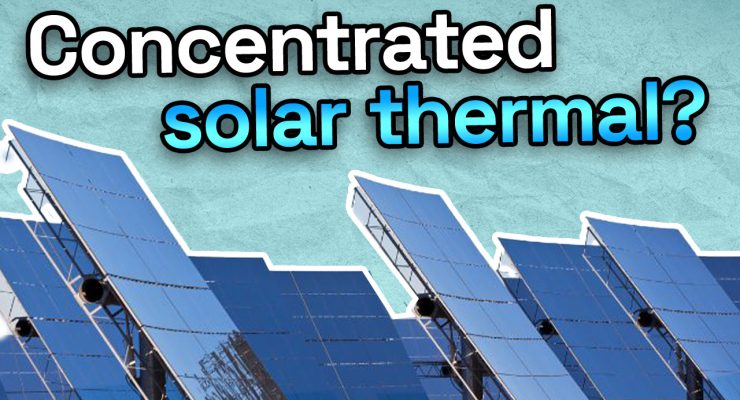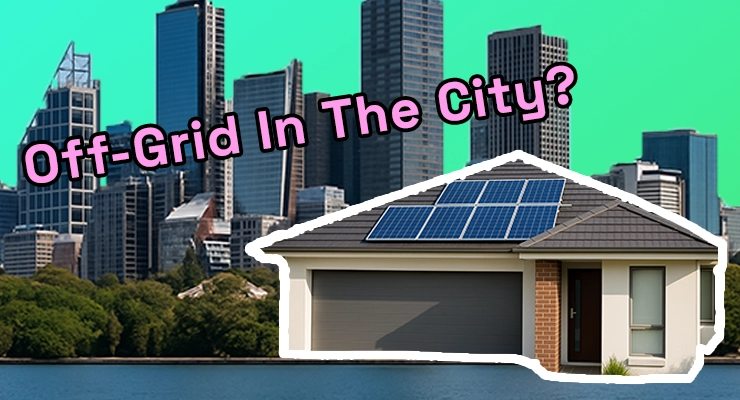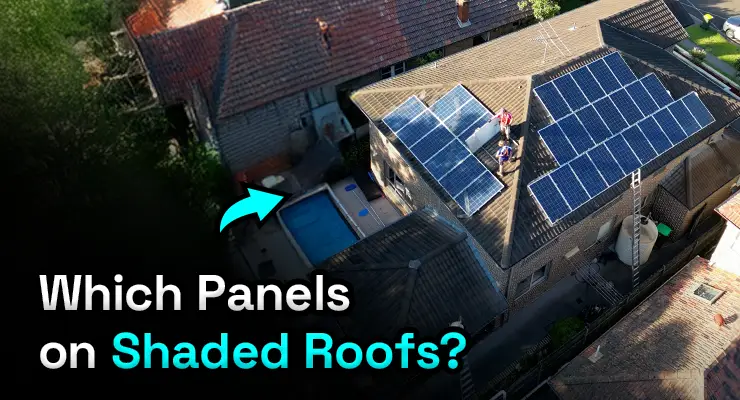Fast read
Concentrated solar power technology is a promising renewable energy option that uses mirrors to focus sunlight onto a single receiver point, generating intense heat.
This heat can be used to produce electricity, spin turbines, desalinate water, or facilitate industrial processes requiring high temperatures. Concentrated Solar Power differs from solar photovoltaic (PV) systems as it uses solar heat energy instead of the light spectrum to generate power.
While this technology offers numerous advantages, such as reducing greenhouse gas emissions, it requires significant upfront investment and occupies substantial land space. The future will tell if this technology develops further.
Have you ever heard of concentrated solar power?
Every few months, we hear about a new great solar invention. These inventions and announcements are often designed to get investors to invest in these companies. Concentrated Solar Power, also known as Concentrated Solar Thermal Technology (CSTT) is a promising future technology with a solid history. This technology uses mirrors to direct sunlight onto one spot, usually at a tower.”
When many mirrors reflect sunlight onto one spot, it creates intense heat. This heat can raise the temperature of a fluid in a receiver to high levels.
The heat and steam produced by this fluid can subsequently drive turbines to generate electricity. Additionally, it finds applications in various processes, such as water desalination and industrial operations that demand high-temperature heat. Such as chemical production, food, or mining.
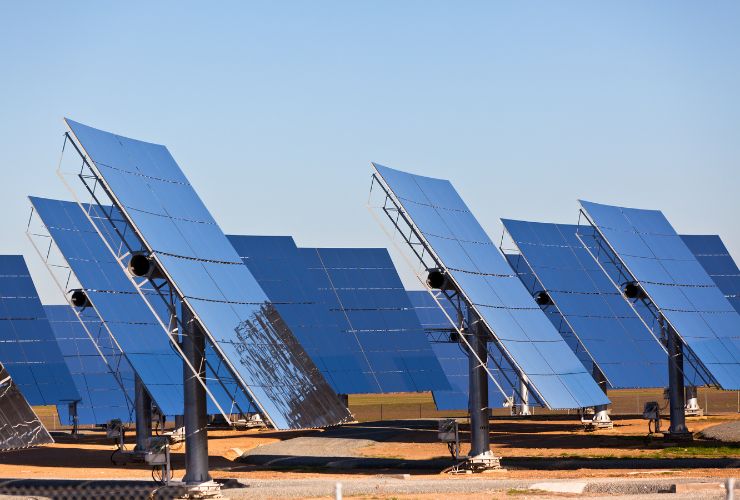
What can it be used for?
Typically concentrated solar power would be used in utility applications with large fields with hundreds of mirrors pointed to a tall tower. Reflecting heat from many mirrors onto the single receiver point.
Concentrated solar power is very different from Solar PV as concentrated solar power uses the sun’s heat energy to create electricity or energy. At the same time, solar panels use the light spectrum of sunlight to create an electric current.
The solar collector, which directs sunlight onto a receiver, is the central part of a concentrated solar power system. This technique employs several collectors. This includes parabolic collectors, troughs, solar power towers, linear Fresnel reflectors, and dish/engine systems.
Here are some of the most common types of Concentrated Solar Power
Parabolic troughs
In parabolic trough systems, sunlight is focused onto a receiver tube situated at the focal line using curved mirrors organised in a trough shape. The heat transfer fluid, usually oil or molten salt, absorbs sunlight and takes it to a power block. There, it creates steam to power a turbine generator.
Solar power tower
Heliostats are an essential part of solar power tower systems. Solar power systems use many mirrors, called heliostats. These mirrors capture sunlight and redirect it towards a central receiver.
The receiver is positioned at the top of a tall tower. Each heliostat is controlled individually to track the sun’s movement throughout the day. This ensures that sunlight is always directed accurately towards the receiver.
The central receiver gathers sunlight reflected from the mirrors, and as a result, heats it up intensely. This high temperature is achieved by concentrating the sunlight onto the surface of the receiver. Additionally, to improve heat transfer and boost efficiency, a heat transfer fluid or sometimes small solid particles can be circulated around or inside the receiver.
Once the receiver heats up the fluid or particles to a high temperature, the next step is to use this solar thermal energy to produce steam. The receiver transfers heat to water or another fluid. This causes the fluid to boil and produce steam. The steam is created at high pressures.
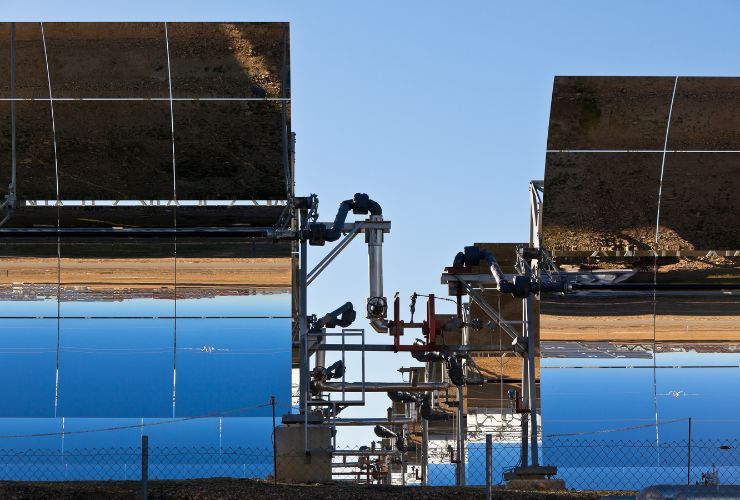
Linear Fresnel reflectors
In Linear Fresnel Reflectors, flat mirrors are set up to reflect sunlight onto a receiver placed above them. This receiver collects the focused sunlight and uses it to heat a fluid inside.
The hot fluid can be used in different ways. It can power a heat engine to make mechanical power, or it can make steam. This steam can then be used in factories or power plants to produce electricity or help with industrial processes.
So, these reflectors use mirrors to capture sunlight efficiently and use it to create heat or power. They’re a useful way to harness solar energy for various needs.
Dish/engine systems
Dish/engine systems utilise a large, reflective dish to gather sunlight and concentrate it onto a specific point. Once concentrated, this sunlight intensifies and heats up significantly, subsequently fueling a specialised engine positioned at the centre. Within this engine, there are typically two types: a Stirling engine or a Brayton cycle engine. These engines effectively convert the intense heat from the sunlight into mechanical power.
This power can be used in two ways. It can be used directly for tasks like pumping water or running machines. Alternatively, it can be directed to a generator to produce electricity. This electricity can then be used to power homes and buildings.
These systems are great because they use sunlight, which is free and renewable. They work best in sunny places and can provide clean energy without using fossil fuels. As technology gets better, these systems will become even more important for generating solar power.
Summary
Concentrated solar power technology has many advantages, such as decreasing greenhouse gas emissions and dependence on fossil fuels. Concentrated solar power technology is a promising renewable energy option that uses the sun’s power to generate electricity and heat for various purposes.
Because of its ability to focus sunlight and store thermal energy. It is a versatile and dispatchable source of clean energy. This technology has the potential to play a big part in the worldwide transition to a more sustainable energy future.
However, one challenge is that when this technology is commercialised on a large scale, it can require a substantial investment cost. It can also take up quite some land mass which is not available in all locations.
